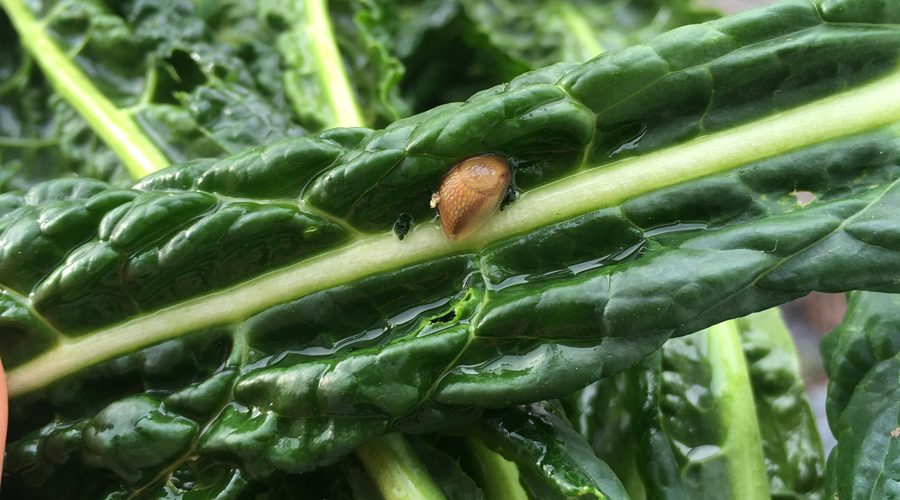Slugs and snails are definitely up there in the category of most annoying garden pest, I almost feel sorry for them. Over the years, I’ve tried all sorts of different methods of slug control, and I thought that as a new season looms (hurry up, I want to get growing!!) it would be good to share my thoughts on how effective these methods are, or aren’t.
- Beer traps – these work well for me. I use those glass ramekins that you get with a Gu pudding (yes, I like them a lot, and so I have several ramekins at my disposal.) Filling them with a supermarket value brand of lager mixed with water. Sure enough, the slugs crawl in, get drunk, and drown. I feel bad, but also slightly victorious. However, the downside for me is that I forget about them quite quickly, and they either get over-diluted when it rains or dry up after a few days of dry weather. If you have a better memory and remember to top them up, then they can be a very effective control measure.
- Wool pellets – I’d say that these are good for a small plot or for pots. If you just have a single raised bed, for example, with 10 to 20 plants growing, then you can buy a couple of big bags and that should be enough to keep slugs off your plants at least in the early days while they are still young and tender. My plot is a bit big for this now, but I do still sometimes use them in pots and find they provide a good barrier. The slugs don’t like crawling over them, so tend to leave plants untouched. I also like that the wool acts as a mulch, helping to keep moisture in the soil underneath, and keeping weeds down.
- Organic slug pellets – I hear mixed information about these. The packaging claims that they are completely safe and non-toxic, containing just iron phosphate (which is found widely in the natural environment) and, I believe, pasta, as I was told by the farmer of an organic market garden that the pellets themselves are basically bits of chopped up spaghetti. This sounds pretty good to me, however I have also heard reports that they contain another non-organic ingredient that is not identified on the label. I honestly don’t know if they are harmful or not, but I’d rather not take the risk and would definitely recommend researching further before you decide. I do, however, know that when I did use them they were very effective.
- Egg shells/grit barriers – Much like the wool pellets, I found these effective to use in a few pots, but not so much in raised beds etc. For me, I had to have a fairly thick barrier for them to be effective, and that made it a bit of a pain for protecting a larger number of plants. For a few pots of lettuces though, go for it!
- Copper tape – Hmm, I’ve tried this and am not convinced it did anything. The jury is out.
- No dig – I’ve been banging on about no dig for several years now, and I really love it and think it is a beneficial approach to growing your own. One of its biggest advantages for my large veg plot has been in helping me to keep slugs at bay. For those of you with several raised beds to manage, I would definitely suggest you consider it. There are a couple of posts below that will give you an intro.
- Tidy plot – The guys at Rocket Gardens often mention this in their articles about slugs, and I have to agree with them – keeping a plot free from easy slug hiding places does really help. I am always careful now to put any empty pots away in the shed, and I’ve got rid of lots of big stones and bits of wood that were lying around. It definitely helps. I should be MORE tidy really, but I am idle and somehow it never quite happens. Also, keeping weedy areas down has also made a big difference – I think the slugs must have gone to live somewhere else, there do seem to be fewer in my veg patch these days!

